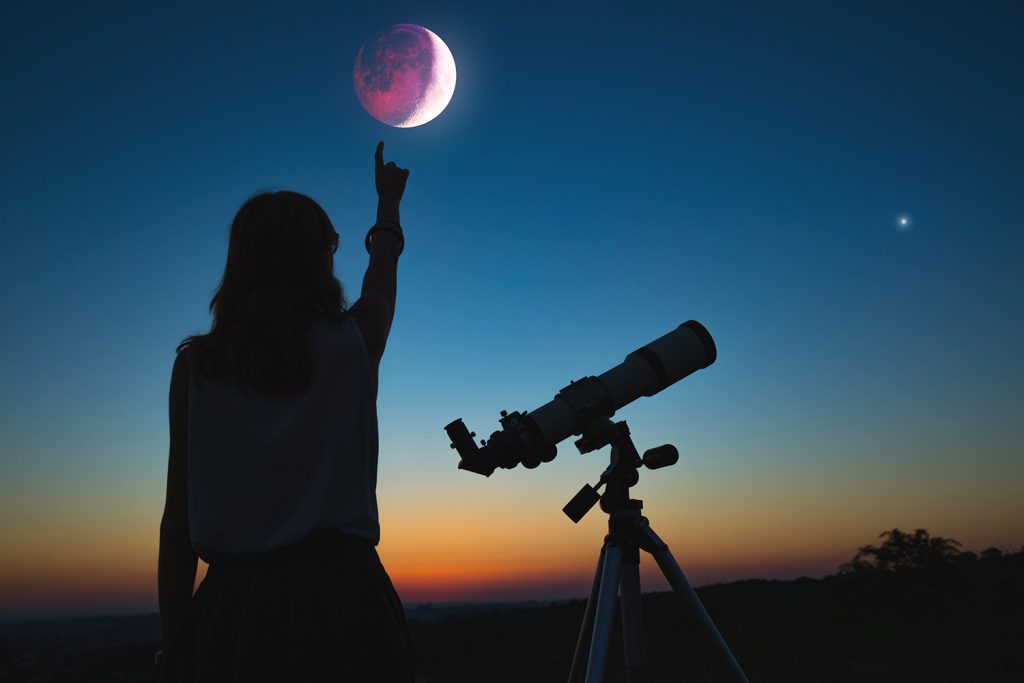
C'è vita nell'Universo? Uno studio britannico risponde alla domanda
C’è vita nell’Universo? Siamo forse soli? Sono domande che affascinano e attanagliano le menti di esperti e non. L’astrofisica Margherita Hack ha sempre sostenuto che esistono nell’Universo altre forme di vita. Ora uno studio condotto da un gruppo di ricercatori dell’Università di Nottingham afferma: nella nostra galassia, la Via Lattea, ci sarebbero 36 civiltà comunicanti.
Crediti foto@Shutterstock
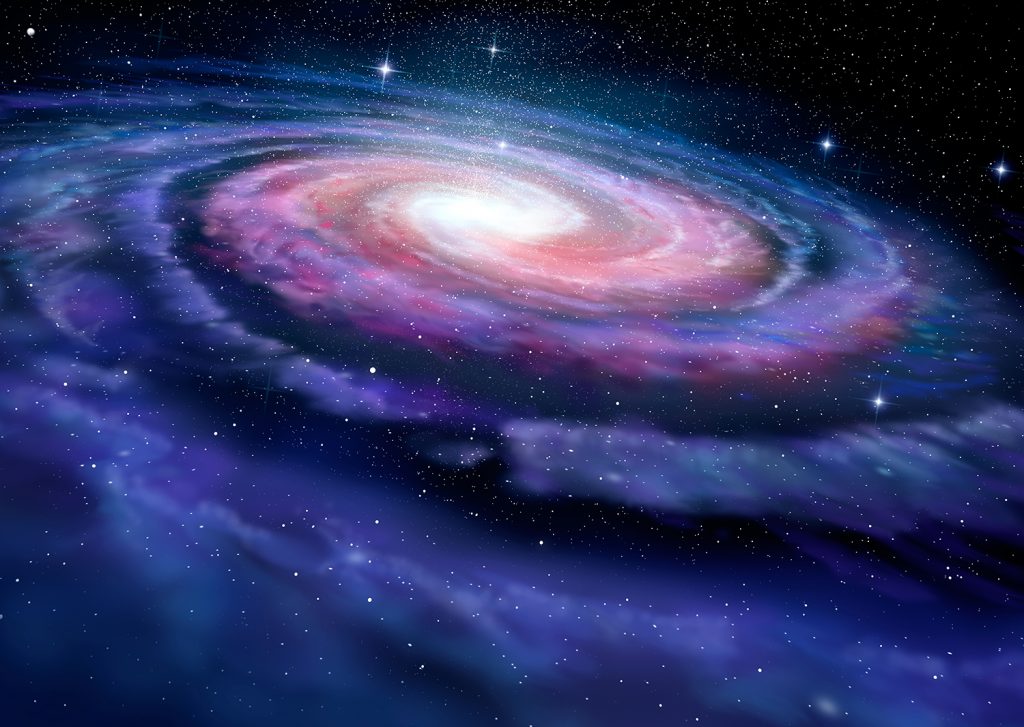
Nella nostra galassia ci sarebbero 36 civiltà attive
Lo studio coordinato da Christopher Conselice e pubblicato sulla rivista scientifica ‘The Astrophisical Journal‘ avrebbe dato una risposta al secolare quesito.
“I nostri calcoli – ha spiegato Conselice – indicano che nella Via Lattea dovrebbero già esserci 36 civiltà attive”.
Crediti foto@Shutterstock
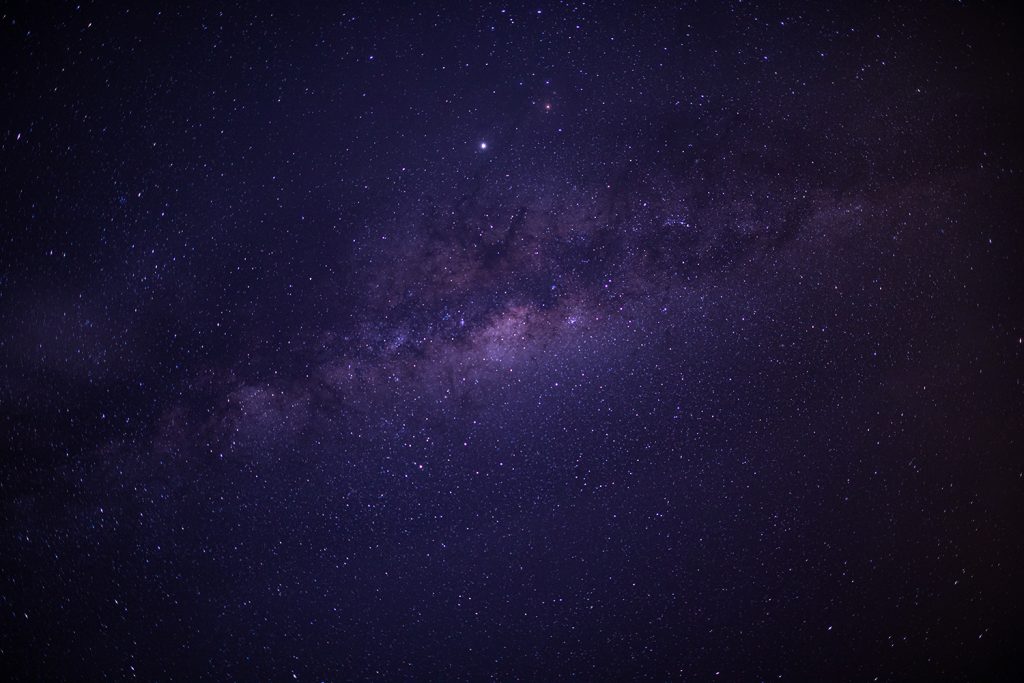
Un nuovo approccio per rispondere: Limite astrobiologico copernicano
Gli esperti hanno usato un nuovo approccio per arrivare a dare la risposta: il limite astrobiologico copernicano.
Una serie di equazioni sono state applicate alla teoria dell’evoluzione su scala cosmica. In questo modo è stato calcolato il tempo medio per la comparsa di una civiltà simile alla nostra.
Questa si manifesterebbe, su pianeti che si trovano su un’orbita abitabile di una stella, a 4,5 – 5,5 miliardi di anni dopo la formazione del pianeta stesso
Crediti foto@Shutterstock
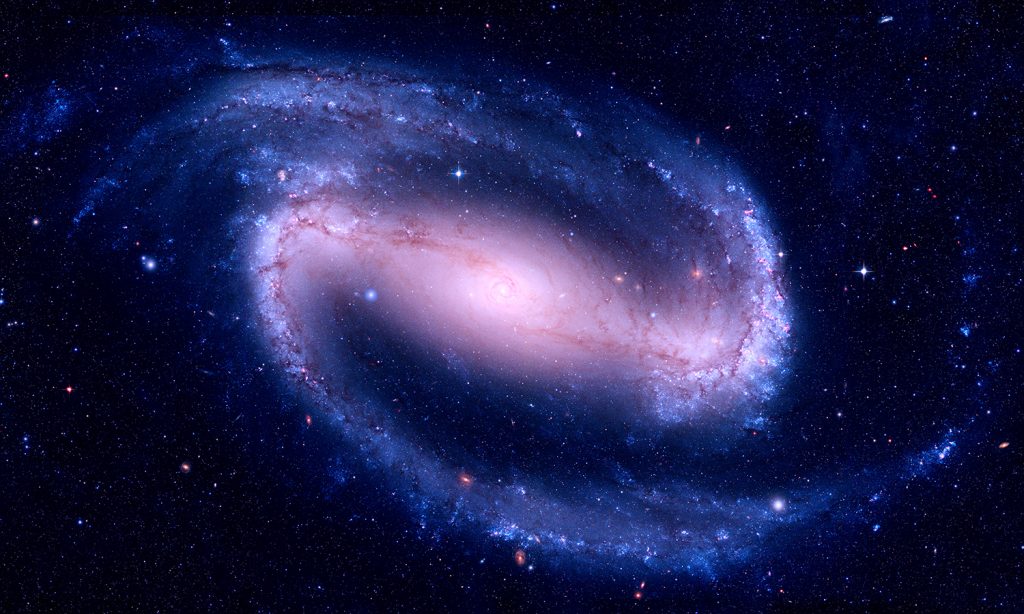
Perché allora non comunichiamo con loro?
Tuttavia la distanza media a cui si troverebbero queste civiltà è di circa 17000 anni luce; ogni forma di comunicazione sarebbe dunque difficile con le attuali tecnologie. Chissà però, forse un giorno riusciremo a mandare o ricevere un messaggio da loro.
Crediti foto@Shutterstock
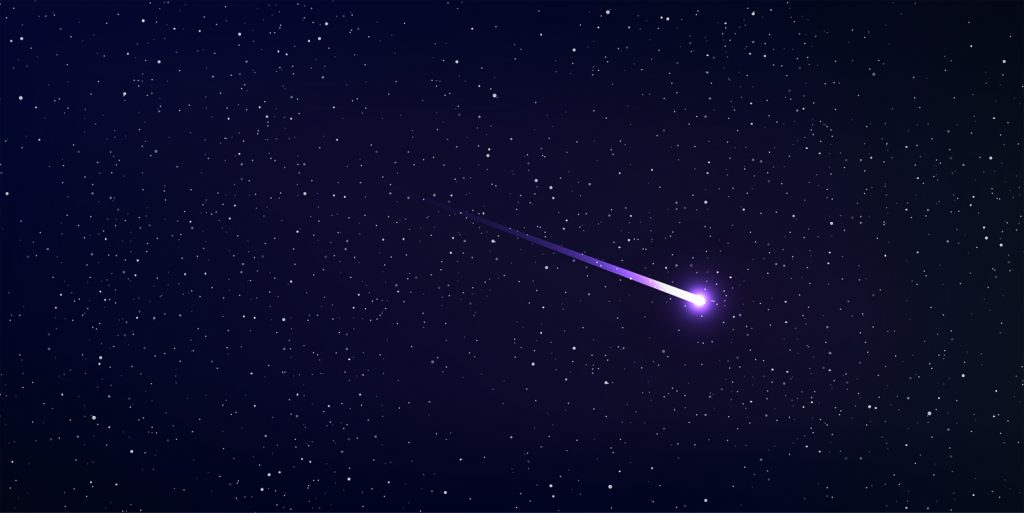
Intanto in Australia un bagliore verde a squarciato il cielo
E mentre la comunità scientifica cerca di dare risposta ad una delle ataviche domande, in Australia il cielo è stato squarciato da un bagliore verde.
Il suggestivo spettacolo è stato riprese da diverse persone a Port Hedland, ma è stato visto anche in gran parte dell’Australia Meridionale. Secondo gli scienziati a generare lo spettacolo è stato un frammento dell’asteroide 2002NN4.
Un ‘pezzetto’ di un diametro di circa 570 metri, (quasi come 6 campi da calcio) si sarebbe staccato dall’asteroide che è passato a circa 5 milioni di chilometri dal nostro pianeta.
Ecco le immagini spettacolari riprese in Australia.
Visualizza questo post su Instagram
Un post condiviso da Advocates Of Disclosure (AOD) (@advocates_of_disclosure) in data:
Crediti foto@Shutterstock
